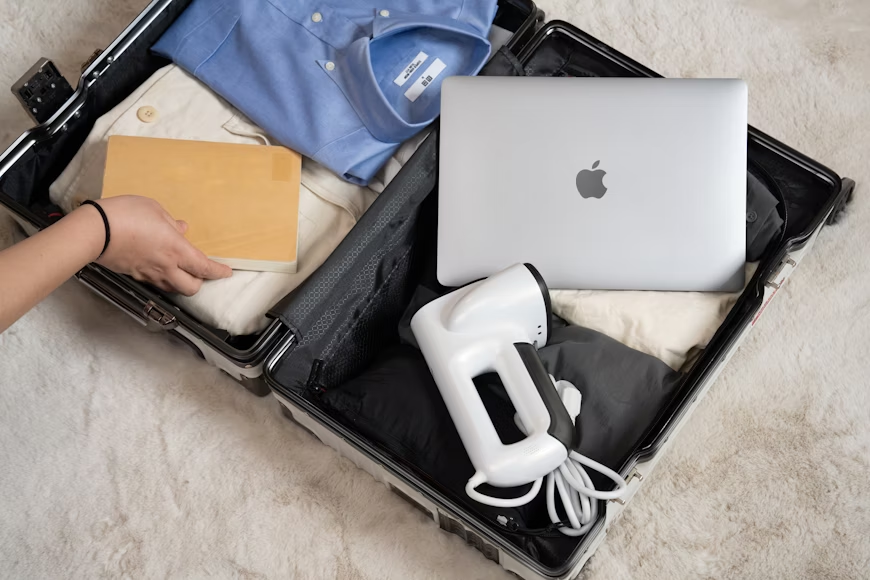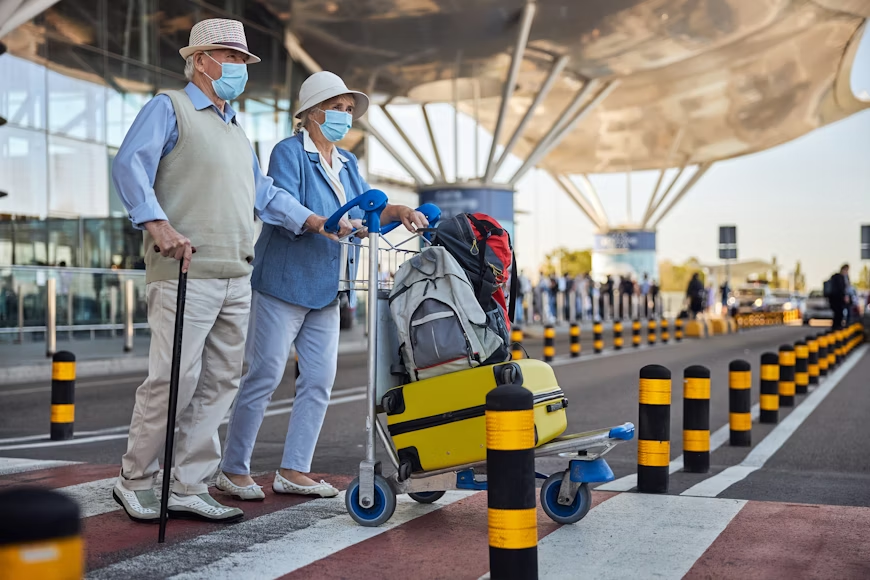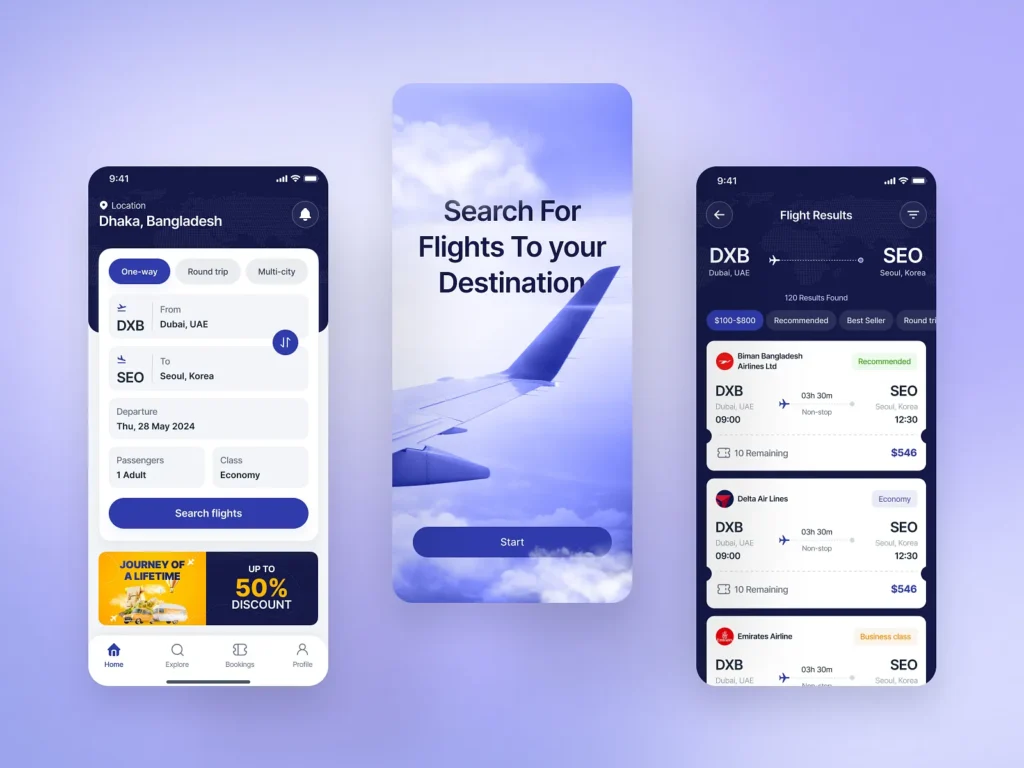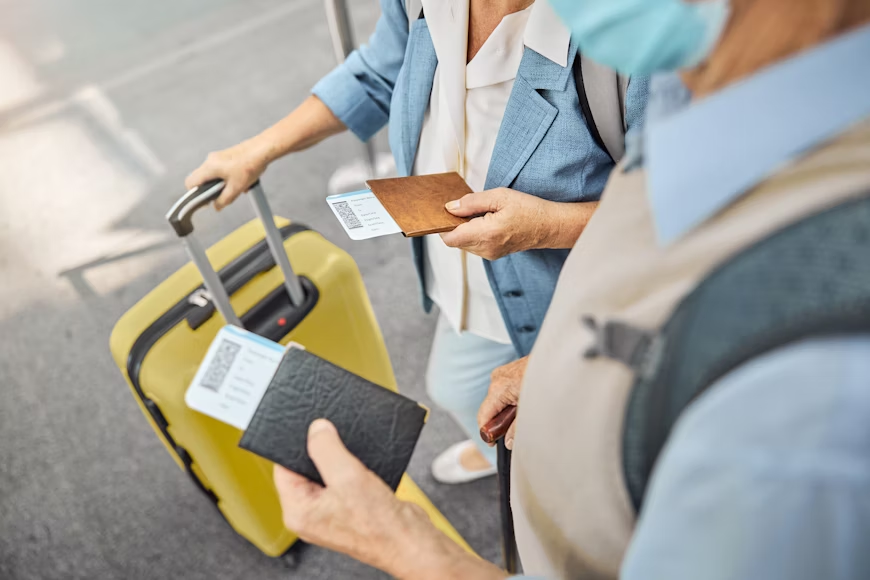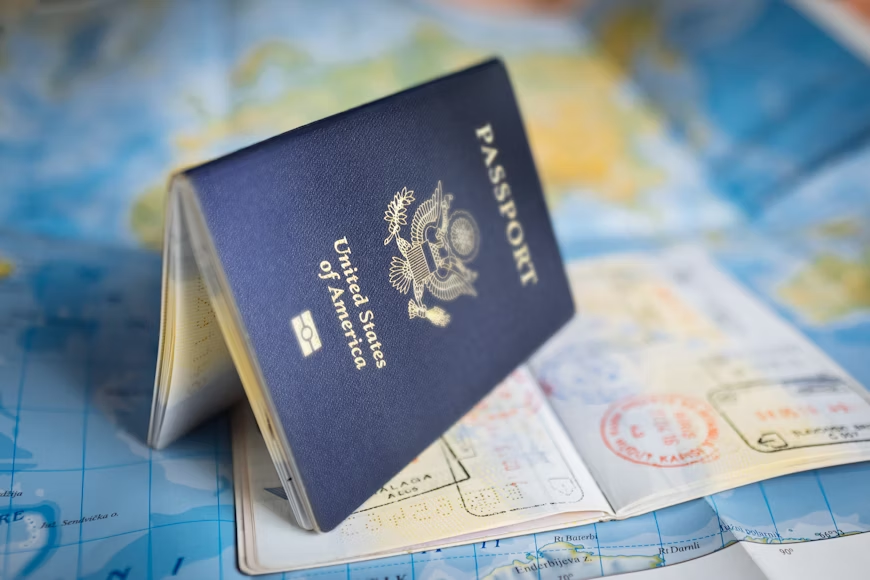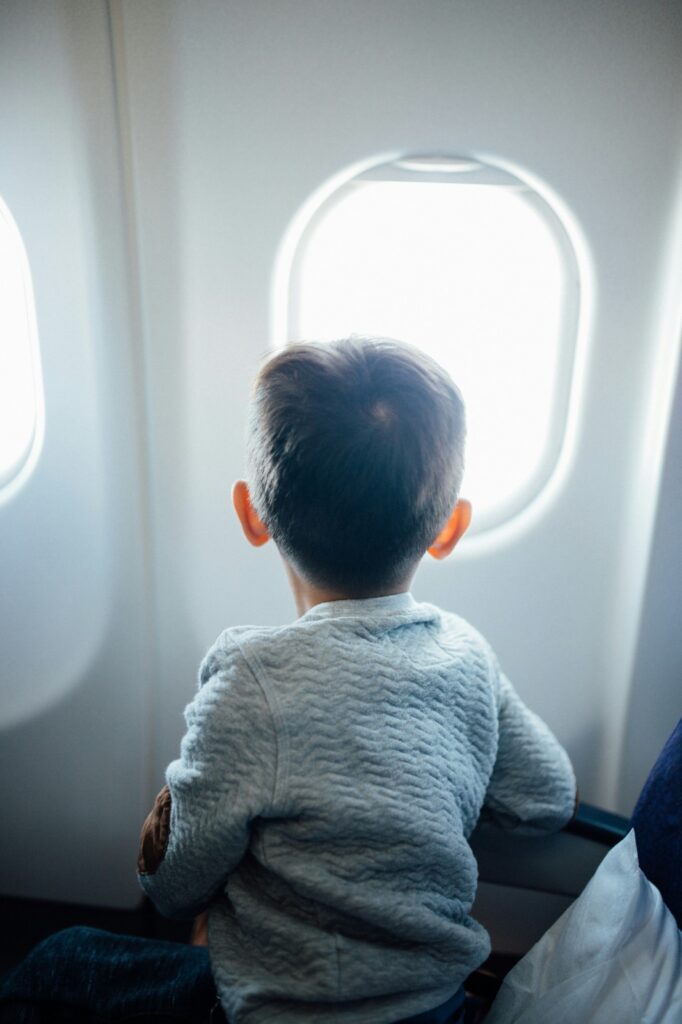The dream of modern travel is to walk off the plane and straight out of the airport, bypassing the baggage carousel entirely. Traveling with only a carry-on bag saves time, reduces stress, and forces you to pack smarter. But fitting everything you need into one small bag can be a challenge. This guide provides a step-by-step strategy to master the art of carry-on packing, ensuring you have a smooth and efficient journey.
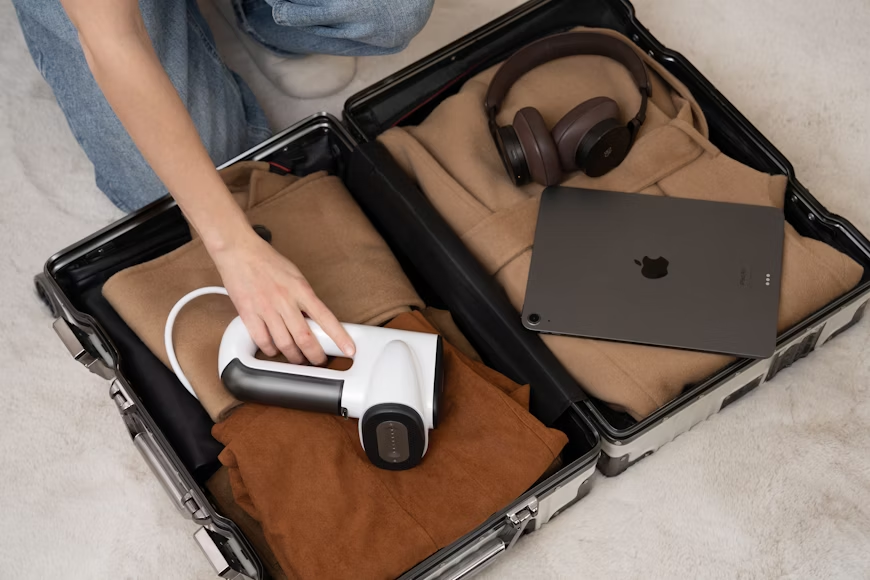
1. Choose the Right Carry-On Bag
Your entire strategy starts with your bag. Before you pack, ensure your carry-on meets your airline’s size and weight restrictions. A lightweight, durable suitcase with spinner wheels or a high-quality travel backpack are both excellent choices. A good bag is the first step toward achieving flightalways reliability on your travels; it won’t fail you when you’re rushing through the terminal.
2. Master the Art of Packing Cubes
Packing cubes are non-negotiable for carry-on travelers. These small, zippered bags allow you to:
- Compress Clothing: Squeeze air out to fit more into a smaller space.
- Stay Organized: Keep different categories of items (shirts, trousers, underwear) separate and easy to find.
- Maximize Space: Fit neatly together like Tetris blocks inside your suitcase.
When you airlinesbookflight, the last thing you want is a disorganized bag. Packing cubes solve this problem.
3. The “Rule of Three” for Clothing
To avoid overpacking, stick to a versatile color palette and the “Rule of Three.” For a one-week trip, consider packing:
- Three tops (t-shirts, blouses)
- Three bottoms (trousers, shorts, skirt)
- Three layers (a sweater, a light jacket, a cardigan)
- Three pairs of shoes (walking shoes, casual shoes, one smarter pair)
This strategy, combined with the right flight Search for a good airline, ensures you’re prepared for anything without being weighed down.
4. Downsize Your Liquids and Toiletries
Remember the 100ml (3.4 oz) rule for liquids in your carry-on. The best approach is to use solid toiletries (shampoo bars, solid perfume) whenever possible. For essential liquids, buy travel-sized containers or decant your products from larger bottles. Keep them all in a single, clear, resealable bag to make security checks a breeze and avoid the flightblight of having your items confiscated.
5. Be Smart About Your “Personal Item”
Most airlines allow one carry-on bag plus one “personal item” (a backpack, laptop bag, or large purse). This is your secret weapon for extra space. Use it to carry:
- Your laptop and electronics.
- Your clear bag of liquids.
- A book or tablet.
- Important documents.
- Any in-flight essentials.
For finding the BestFlightAndAirlines that have a generous personal item policy, check out our in-depth airline guides.
Conclusion
Traveling with only a carry-on is a liberating experience that transforms your journey. By choosing the right gear, packing strategically, and being ruthless about what you really need, you can embrace a minimalist approach. It’s the key to flyinginthewakeoflight, moving freely and efficiently from the moment you leave home to the moment you arrive at your destination.

